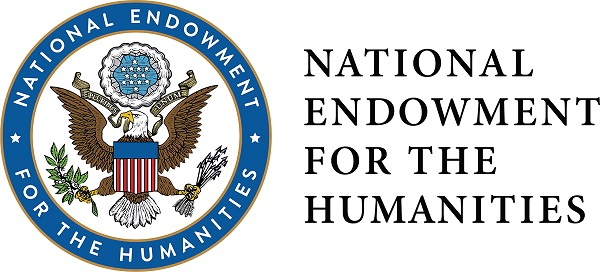
US Government Documents related to Indigenous Nations
Sponsor
Fred A. Seaton
Congress
86th Congress, 2d Session
Files
Download Full Text (140.4 MB)
Download 86th_Congress_2nd_Session_B_Vol._No._12275_Session_Vol._No._8_H.Doc._325__1960-02-04 (2 of 6).pdf (29.9 MB)
Download 86th_Congress_2nd_Session_B_Vol._No._12275_Session_Vol._No._8_H.Doc._325__1960-02-04 (3 of 6).pdf (27.9 MB)
Download 86th_Congress_2nd_Session_B_Vol._No._12275_Session_Vol._No._8_H.Doc._325__1960-02-04 (4 of 6).pdf (30.4 MB)
Download 86th_Congress_2nd_Session_B_Vol._No._12275_Session_Vol._No._8_H.Doc._325__1960-02-04 (5 of 6).pdf (27.8 MB)
Download 86th_Congress_2nd_Session_B_Vol._No._12275_Session_Vol._No._8_H.Doc._325__1960-02-04 (6 of 6).pdf (19.5 MB)
Description
This collection of letters and reports, dated February 4, 1960, contains correspondences from the US Department of the Interior, the US Bureau of Reclamation, the US Fish and Wildlife Service, the US Bureau of the Budget and other “interested federal agencies.” These correspondences discuss the risks and benefits of further development of the Missouri River Basin project in order to provide irrigation, more dependable municipal water supply, more dependable water supply to local industries and wildlife areas, as well as further development of flood control, drainage, and recreation. This extension would primarily benefit areas in North and South Dakota. The proposal created some concern that Southern states would be adversely impacted by the project extension; however, several of the reports reflect confidence that Southern states won’t be adversely impacted. The proposed plan would provide irrigation to 250,000 acres of land and at least one report notes that the irrigation in North Dakota is a benefit meant to off-set the loss of lands from the Garrison Dam. This document does not mention the Three Affiliated Tribes of Fort Berthold or any tribes who lost land due to the dam projects in North and South Dakota. Document contains illustrations, maps, and tables.
Publication Date
2-4-1960
Keywords
Mandan Hidatsa and Arikara Nation, the Three Affiliated Tribes of the Fort Berthold Reservation, Mandan, Nueta, Hidatsa, Arikara, Sahnish, Garrison Dam, Garrison Reservoir, Missour River Basin project, irrigation, flood control, water supply, drainage
Organizations Referenced
Mandan Hidatsa and Arikara Nation, the Three Affiliated Tribes of the Fort Berthold Reservation, Mandan, Nueta, Hidatsa, Arikara, Sahnish, US Congress, US Department of the Interior, US Bureau of Reclamation, US Fish and Wildlife Service, US Bureau of the Budget, US Department of Agriculture, US Federal Power Commission, Garrison Diversion Unit, North Dakota State Water Conservation Commission, US Army Corps of Engineers, Iowa Natural Resources Council
People Referenced
Sam Rayburn, Fred A. Seaton, Elmer B. Staats, Floyd D. Dominy, W.A. Dexheimer
Publisher
Government Printing Office
Disciplines
American Politics | Indigenous, Indian, and Aboriginal Law | Indigenous Studies | Law and Politics | Native American Studies | United States History
Recommended Citation
US Congress, House. Garrison Diversion Unit; Letter from the Secretary of the Interior, Transmitting a Report on the Garrison Diversion Unit, North Dakota and South Dakota, Missouri River Basin Project. 86th Cong., 2d sess., H. Doc. 325. February 4,1960. https://commons.und.edu/indigenous-gov-docs/57/.

Included in
American Politics Commons, Indigenous, Indian, and Aboriginal Law Commons, Indigenous Studies Commons, Law and Politics Commons, Native American Studies Commons, United States History Commons
Cultural Institutions Notice

Attribution Incomplete
Collections and items in our institution have incomplete, inaccurate, and/or missing attribution. We are using this notice to clearly identify this material so that it can be updated, or corrected by communities of origin. Our institution is committed to collaboration and partnerships to address this problem of incorrect or missing attribution.

Open to Collaborate
Our institution is committed to the development of new modes of collaboration, engagement, and partnership for the care and stewardship of past and future heritage collections.

